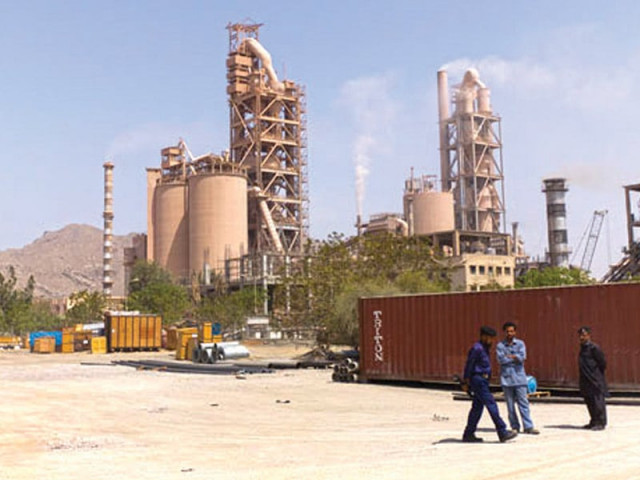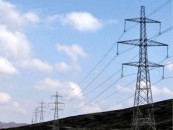Moot discusses decarbonisation of cement industry
Field experts term the cement sector one of the largest contributors to carbon emissions

A study launch was held on the topic of decarbonising Pakistan’s cement sector, in which experts focused on collaborating to reduce the carbon footprint of the cement industry.
The Sustainable Development Policy Institute (SDPI) and Policy Research Institute for Equitable Development (PRIED) jointly organised the launch of two research-driven studies on the decarbonisation of Pakistan’s cement sector.
The cement sector is among the leading carbon-emitting industries in Pakistan, which is why like in many other parts of the world, it faces the challenge of addressing its impact on the environment. Since cement production is a multifaceted process it would require robust and complex interventions to decarbonise its production mechanisms.
The EU’s Carbon Border Adjustment Mechanism (CBAM), which was discussed at the session, is an opportunity for industrial sectors such as cement, steel and others to decarbonise.
SDPI, Joint Executive Director, Dr Vaqar Ahmed, in his opening remarks, said that the industrial carbon footprint places industries at the forefront of carbon offset measures. He added that Pakistan’s nationally determined contributions (NDCs) target achievement was crucial to complying with its global pledges.
Dr Vaqar introduced the launch of “Pakistan’s Industrial Decarbonization Initiative” and invited all stakeholders to collaborate with SDPI on building a better discourse and implementing the key actions.
A Professor at the National University of Science and Technology (NUST), Dr Muhammad Fahim Khokhar, in his presentation, shed light on the role of industrial decarbonisation in combating climate change’s impact.
He said that global carbon dioxide (CO2) emissions produced by the cement sector is 37.4 gigatonnes and it continues to rise at an alarming annual growth rate of 1.1%.
PRIED and NUST’s study on the cement sector decarbonisation landscape showed a 30% increase in the size of the cement sector, and its total CO2 emissions for the year 2020 alone amount to 49.6 megatons.
The study proposed strategies for cement sector decarbonisation mainly alternate fuels, clinker substitution, renewable energy, process electrification, circularity in the sector, energy efficiency, carbon capture and strategic technologies.
Dr Khokhar underlined that the world was shifting over to renewables, and this would reduce reliance on fossil fuel-based energy.
However, there has been a global paradigm shift in CO2 emissions as the title of leading polluters has now been shifted from the US and the EU to Asia, with China and India being the biggest polluters.
Among various other solutions, he stressed the need for adopting energy efficiency, system efficiency, reducing fossil fuel reliance, using hydrogen and ammonia as fuel for energy, and carbon management technologies. APP
Published in The Express Tribune, April 29th, 2024.



















COMMENTS
Comments are moderated and generally will be posted if they are on-topic and not abusive.
For more information, please see our Comments FAQ